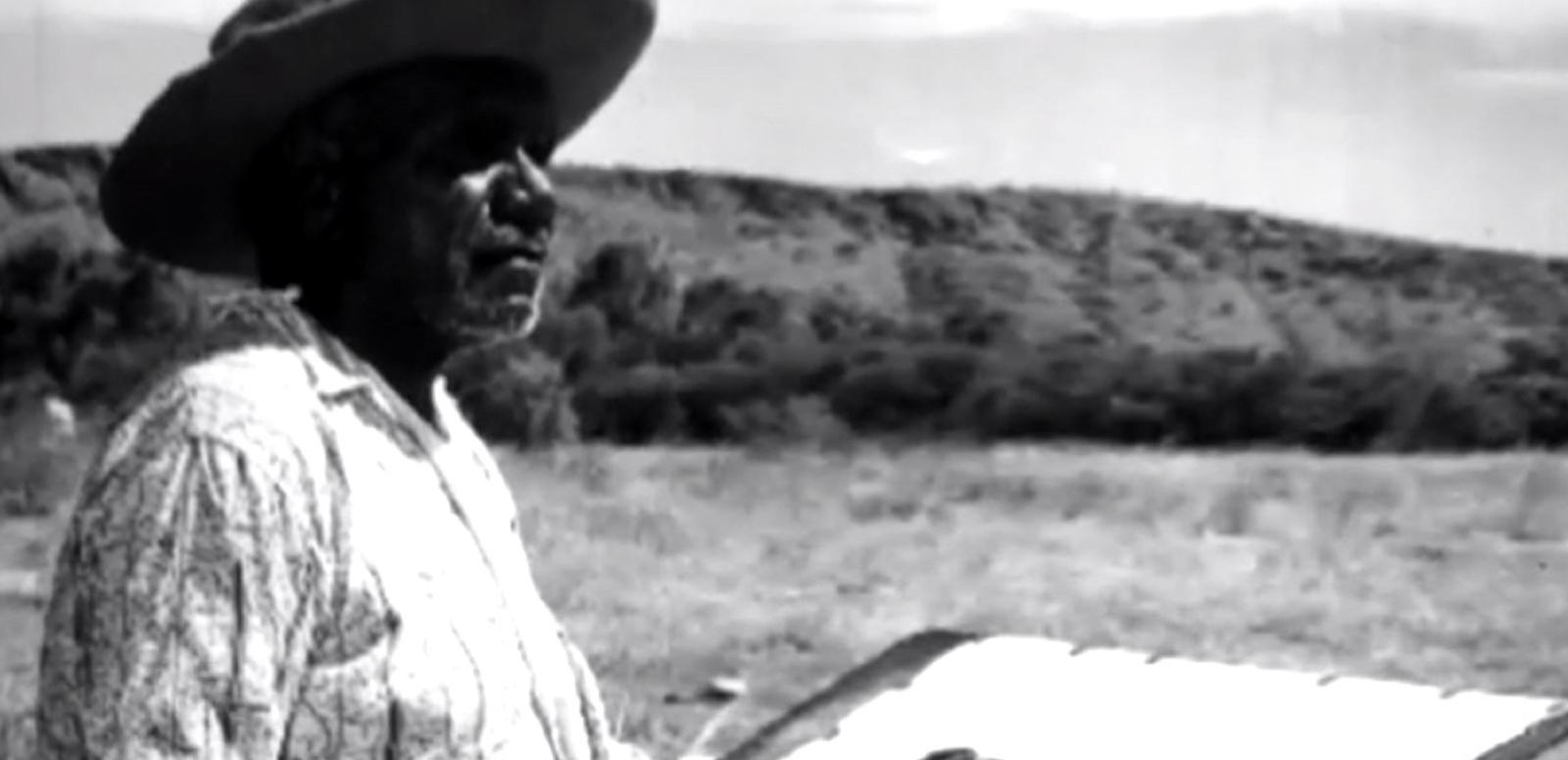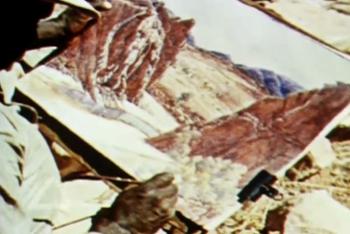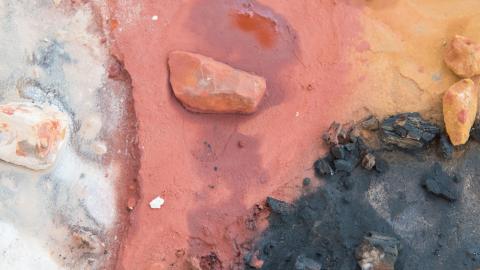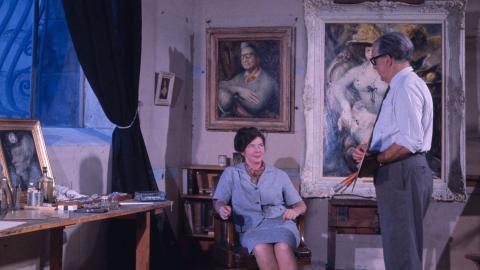WARNING: this article contains names, images or voices of deceased Aboriginal and Torres Strait Islander people.
The work of influential Arrernte artist, Albert Namatjira features in our Aboriginal and Torres Strait Islander Artists curated collection. Johnny Milner takes a closer look at Namatjira, who used his art as a vehicle to help bring about political reform. In life and through his art, Namatjira tried to navigate the divide between Aboriginal and Western cultures.





